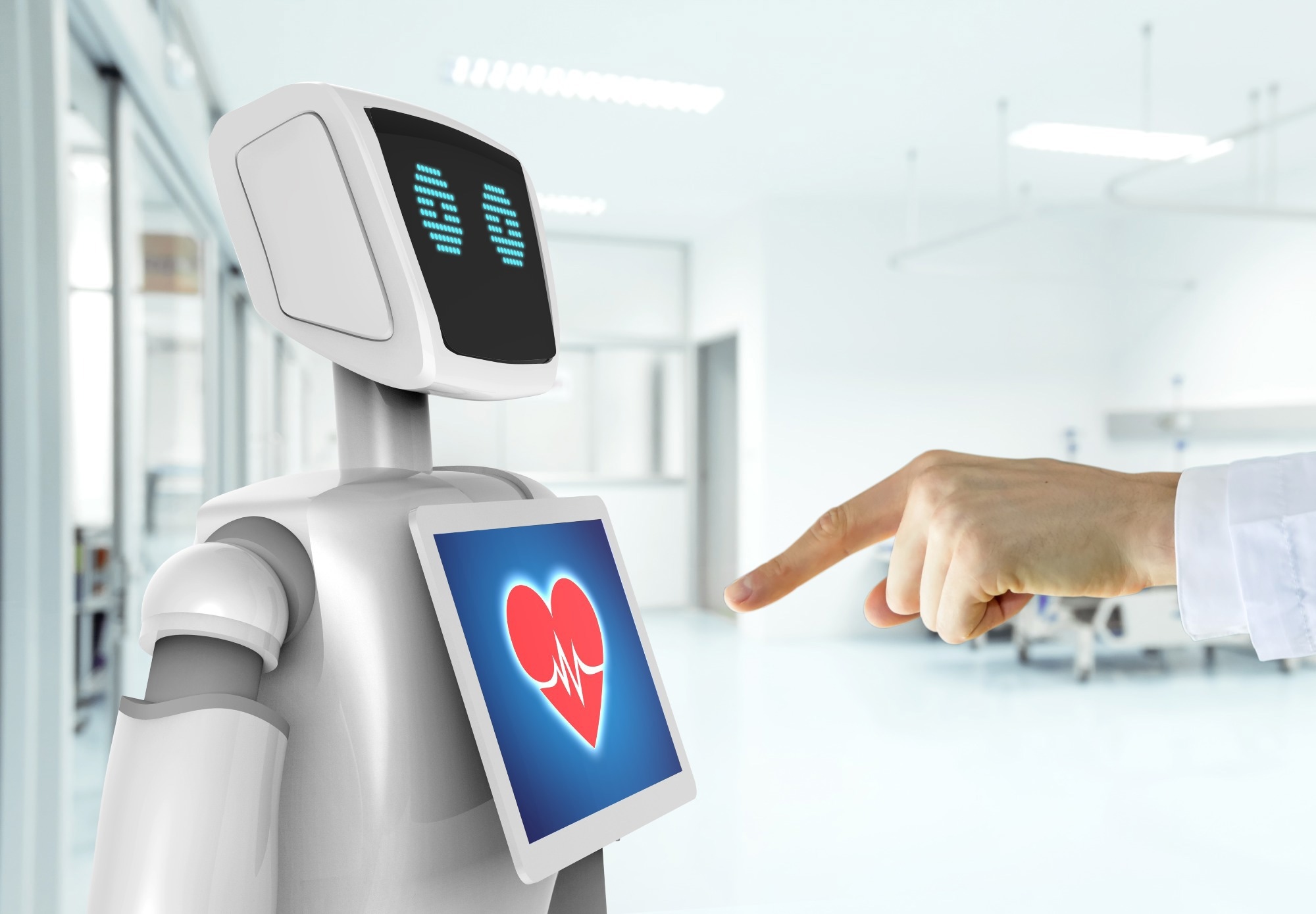In a paper published in the journal Digital Medicine, researchers delved into autonomous artificial intelligence (AI) systems in healthcare. These systems promised to improve medical outcomes but raised concerns about liability, regulation, and financial aspects.
 Study: Autonomous AI in Healthcare: Navigating Liability, Regulations, and Financial Challenges. Image credit: Zapp2Photo/Shutterstock
Study: Autonomous AI in Healthcare: Navigating Liability, Regulations, and Financial Challenges. Image credit: Zapp2Photo/Shutterstock
With the emergence of powerful large-language models for medical text, addressing these issues became increasingly urgent. The paper explored liability implications for healthcare stakeholders, including physicians, hospitals, and AI developers. It highlighted evolving Food and Drug Administration (FDA) regulations emphasizing transparency and rigorous AI evaluation. Furthermore, it discussed how payment models like Medicare Physician Fee Schedule (MPFS), New Technology Add-On Payment (NTAP), and commercial payers adapted to accommodate autonomous AI integration. Ultimately, the widespread adoption of these systems had the potential to streamline healthcare processes, allowing healthcare professionals to prioritize patient-centered care.
Literature Review
The proliferation of autonomous AI systems in the medical field has increased, driven partly by FDA clearances for clinical use and advancements in AI and machine learning (AI/ML). These systems offer the potential for improved healthcare outcomes but also raise concerns regarding liability, regulations, and financial aspects. Unlike non-autonomous AI tools that assist clinicians, autonomous AI systems can operate independently, performing tasks without human intervention. They leverage complex models learned from data, which can lead to more sophisticated decision-making. Critical regulatory clearances, like the FDA's approval of specific AI systems for medical purposes, set a precedent for adopting autonomous AI across various medical specialties.
The liability implications of autonomous AI in healthcare are intricate, as these systems can handle complex medical tasks and blur the lines between human and AI decision-making. While autonomous AI systems can perform comparably to or better than human experts, errors leading to patient harm are inevitable. This raises questions about who bears the liability. Physicians using autonomous AI systems may face uncertainty regarding malpractice liability, especially when interpreting AI-generated results.
Methodology
The regulatory landscape is evolving to accommodate autonomous AI systems in medicine. The FDA's actions, such as the Artificial Intelligence and Machine Learning Software as a Medical Device action plan, aim to ensure device transparency, evaluation, and real-world monitoring. The guidance on good machine learning practices (GMLP) provides principles for AI system development, further emphasizing regulatory scrutiny. Additionally, non-profit organizations and healthcare systems are establishing AI governance committees to address transparency, equity, safety, and accountability concerns. These committees oversee AI systems throughout their lifecycle, providing user training and continuous monitoring to ensure reliable and ethical development.
Payment models, such as MPFS and NTAP, play a role in the financial viability of autonomous AI systems. Centers for Medicare & Medicaid Services (CMS's) reimbursement for specific AI applications indicates recognition of their clinical value. Providers adopting these systems may benefit financially, while non-adoption could lead to penalties. Autonomous AI systems can also enhance workflow efficiency, improve patient outcomes, and reduce healthcare costs. For example, primary care providers and hospitalists can use autonomous systems for specialized diagnosis and treatment, which aligns with the value-based care model and optimizes resource allocation.
Autonomous AI systems hold significant potential for healthcare improvement. Efforts must focus on regulatory compliance, equitable patient benefits, and robust monitoring protocols to ensure ethical development and widespread acceptance. Researchers expect these systems to streamline healthcare workflows, handle language-related tasks, and enable healthcare professionals to focus more on patient-centered care.
Autonomous AI in Medicine: Trends and Challenges
The rapid proliferation of AI systems in medicine has been evident in recent years, with significant milestones like FDA clearances for clinical AI/ML and Software as Medical Devices driving increased adoption. While many AI systems have served as valuable tools to support clinicians, the emergence of autonomous AI systems represents a fundamental shift in healthcare. These autonomous systems have the unique ability to operate independently, free from human intervention. For instance, whereas non-autonomous AI tools assist radiologists by indicating the probability of abnormalities in X-rays, autonomous AI systems can autonomously identify standard X-rays and generate reports, effectively bypassing the need for radiologist involvement. The advanced capabilities of these autonomous AI systems distinguish them from traditional autonomous systems, like insulin pumps, which rely on relatively simple predefined rules to generate outputs. In contrast, autonomous AI systems leverage complex data-driven models, enabling them to make intricate decisions and navigate within more complex regulatory frameworks.
Significant regulatory milestones, including the FDA's endorsement of LumineticsCore for diabetic retinopathy diagnosis and the European Union's authorization of ChestLink for automated reporting of standard chest X-rays, have set essential benchmarks for incorporating autonomous AI systems across diverse medical fields. Furthermore, advancements in AI, particularly in generative AI and large-language models, have substantially improved model performance across multiple applications, further expediting the development of autonomous AI systems. While these autonomous systems hold immense promise for enhancing patient outcomes and population health, they simultaneously raise pressing questions regarding liability, regulatory compliance, and financial considerations.
Conclusion
In conclusion, the rapid emergence of autonomous AI systems in medicine marks a transformative shift in healthcare. While these systems hold tremendous potential for improving patient outcomes and streamlining medical workflows, they also introduce complex challenges. Liability considerations for healthcare professionals and AI creators, evolving regulatory landscapes, and financial implications are vital factors to address.
Furthermore, the ethical and safe development of autonomous AI models and the establishment of equitable patient benefits and robust monitoring protocols are essential for their widespread acceptance and success in enhancing healthcare. As these systems continue to evolve, it is imperative that stakeholders collaborate, adapt, and prioritize transparency and patient-centric care to navigate the evolving landscape of autonomous AI in medicine effectively.